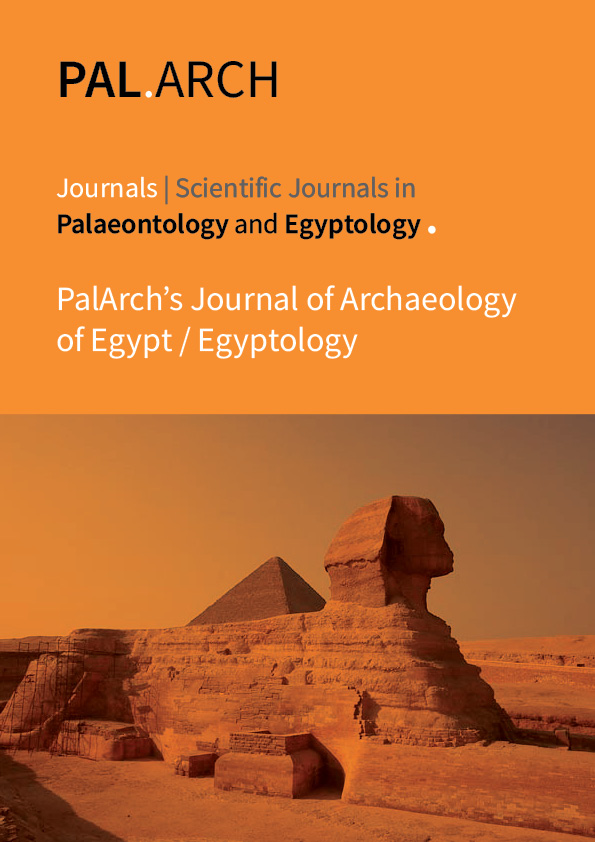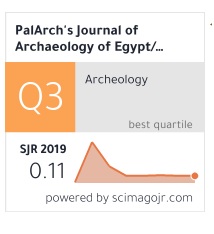A PRAGMATIC STUDY OF SYNECDOCHE IN SHAKESPEARE'S HAMLET
DOI:
https://doi.org/10.48080/jae.v17i7.5782Abstract
The current paper seeks to investigate how the synecdochical expressions were functioned in the tragedy of ‘Hamlet’. The paper's aim is to examine the use of the two main synecdochic types in this play. A qualitative data collection via document instrument was used. The qualitative data collected was analyzed qualitatively using content analysis. To such analysis, the meaning behind the word-symbols that matters i.e. what kind of communication is contained within the words. To cover the whole aspects of the analysis, two theories have been adopted in this study, Searle et al’s. (1980) literalism as it deals with the semantic effect of the synecdoche and Plett’s (2001, cited in Mey, 2009) taxonomy which demonstrates the synecdoche main types and their subtypes. The findings indicated that the dominant type was the generalizing synecdoche. Thus, the findings of the present study would inform the students of English interested in linguistics and literary fields on the way which they read and analyze any literary text as it paves the way to literary pragmatics. In addition, the study might be a useful reference for those who are interested in analyzing the literary texts pragmatically as it examined how synecdoche is functioned in these literary texts.



